HARTING Telecommunication cables and wires

















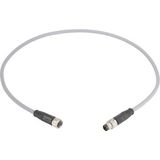
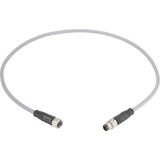
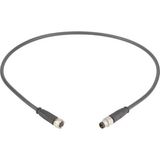

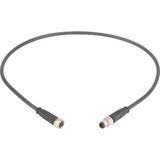
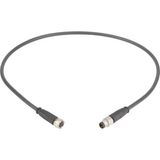



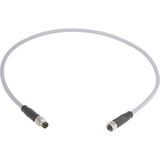



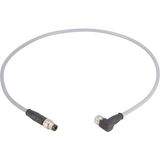
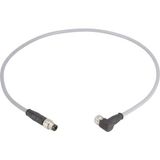

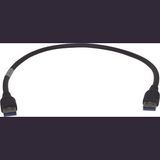
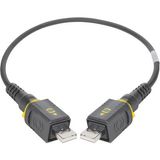
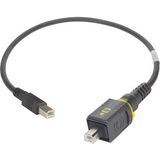
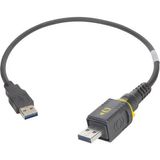

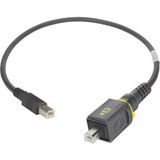

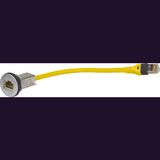
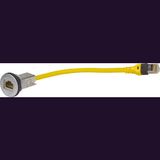

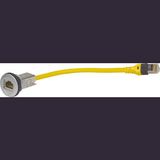
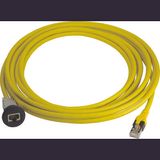
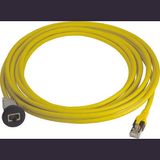
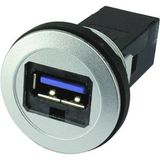

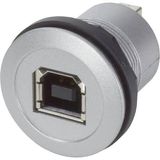
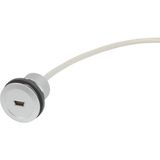


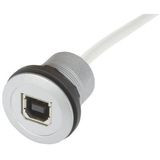
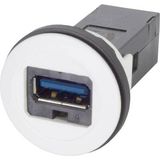
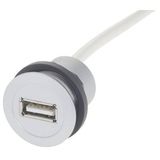

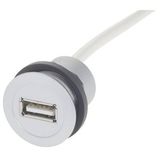


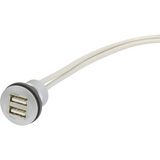
When you're specifying infrastructure for data networks, communication links or telecommunication wiring, you need hardware that doesn’t just look good on paper—it must perform under real conditions. HARTING data and telecommunication cables and wires are engineered for that — consistent transmission, solid mechanical performance, scalability. In practice you’ll usually see these on factory floors, in server rooms, inside building automation systems or in large structured-cabling installations where downtime isn’t an option.
Understand What Makes a Good Telecom Cable
From experience, the critical parameters for data- and telecom-cabling are: bandwidth (and therefore category, e.g., Cat5e, Cat6, Cat6A), shielding, jacket material (outdoor vs indoor, LSZH vs PVC), connection type (RJ45, M12, fiber), and installation environment (industrial, clean room, mechanical stress). HARTING offers cables tested for industrial data transmission: for example, HARTING communication cables in their portfolio cover Cat6A with PVC jackets and connector ends designed for rugged conditions.
As a procurement manager you’ll want to check: “Does the cable support the data rate we anticipate? Is the jacket rated for the environment? Are connectors compatible with our termination hardware?”
HARTING Ethernet Cables and RJ45 Modules
HARTING’s Ethernet cables and RJ45 modules bring industrial-grade reliability to structured cabling. For instance, their “ix Industrial®” range provides Cat6A performance (10 Gbit/s) in smaller form-factors, designed for nowadays IoT or crowded machine installations. ssues because termination zones, plug fit, and shielding are engineered upfront. For field orders you’ll want to cover common lengths (1 m, 3 m, 5 m, longer patch-cords) and ensure compatibility with patch-panels, outlets and structured racks.
HARTING Fiber-Optic, Coaxial and Communication Wires
When copper isn’t enough—say long-distance runs, high-noise environments, or high-density data racks—fiber-optic cables come in. HARTING offers fiber assemblies and structured cabling solutions as part of their system cabling portfolio.
Coaxial cables are still relevant, especially in CCTV, broadcast or mixed signal/data installations. While HARTING’s core strength is in data-connectivity, you’ll often find accompanying accessories (cable holders, routing systems, shielding components) matching their cable range.
For wholesale purchasing you’ll want to keep a mix: copper Ethernet for standard runs, fiber for backbone or future-proofing, and accessories to match.
Buying Logic for Wholesale Procurement
Here are practical guidelines for buying HARTING data & telecommunication cables and wires in wholesale volumes:
- Standardise on a few cable categories: e.g., keep Cat6 or Cat6A as a “go-to” for most projects, and keep specialized fiber runs for advanced deployments.
- Choose jacket types for the installation environment: LSZH (halogen-free) in public or indoor spaces, UV-resistant outdoor jackets where needed.
- Verify connector and terminations: if you have RJ45 outlets, ensure patch-cords and cables match; for industrial use, use HARTING-certified modules to avoid mis-fits.
- Order cable in roll or drum lengths suited to your usage: e.g., 305 m boxes for structured cabling, 100 m spools for machine wiring, 10–20 m patch-cord packs.
- Maintain spare stock of patch-cords and accessories: in data-install fields the small items (patch-cords, connectors, boots) often get used up fastest.
- Track batch and certification: for data cabling you’ll often need traceable specs for client hand-overs. HARTING provides product data and system-cabling documentation
By following that logic you ensure your stock supports plug-and-play installation rather than site-specific improvisation—and you reduce the risk of re-work or non-compliance
Why HARTING Data & Telecom Wiring is a Practical Choice
Opting for HARTING means opting for an ecosystem: cables, connectors, sensors and structured modules designed to work together. That coherence simplifies installer training, reduces component mismatches, and improves long-term maintenance. From a procurement viewpoint, that translates into fewer SKUs, predictable re-orders, and fewer installation surprises. On large rollout projects—whether for office buildings, factories or infrastructure—the savings in wiring time, error correction and future upgrades add up.
Bank of Lamps — Wholesale Distribution for HARTING Telecommunication Solutions
Bank of Lamps supplies the full HARTING telecommunication and data-cabling portfolio — data connectors, Ethernet cables, RJ45 modules, fiber-optic cables and structured cabling accessories — directly from our Latvia warehouse. We serve the UK, Germany, Netherlands, Baltic States, France, Spain and Belgium.
Our advantages for B2B buyers: flexible bulk quantities to match project size, verified brand-authentic HARTING stock, consolidated EU logistics from one central hub, stable wholesale pricing for multi-phase commitments, full batch traceability and dedicated support for high-volume clients. With Bank of Lamps you’re not just purchasing cables—you’re securing consistent supply, brand reliability and logistic performance.